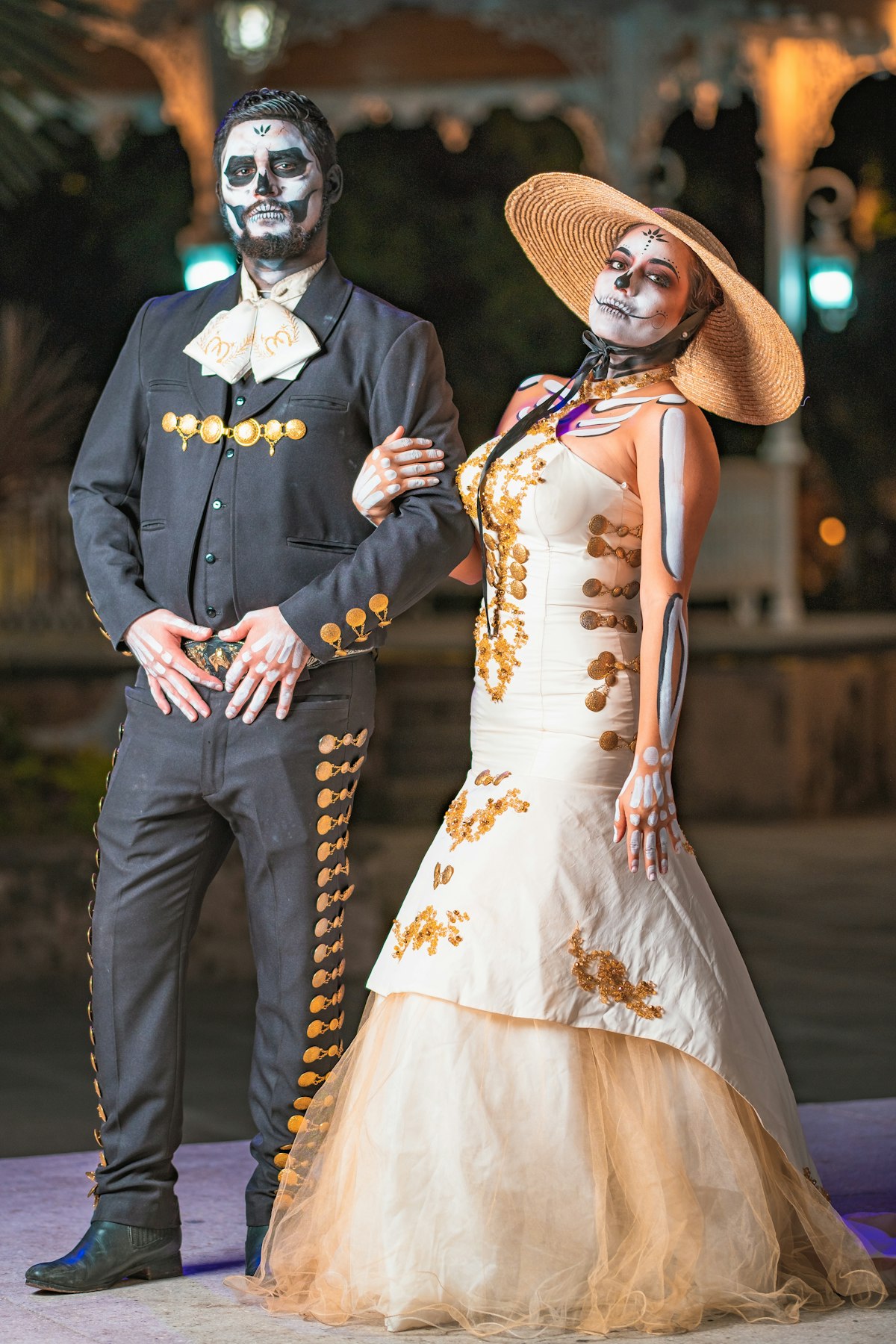Typical or regional costumes from Mexico
Here are some typical costumes that show that the countryside is also dressed, by combining different embroideries with flowers and crops typical of the state.

In Mexico, the use of typical or regional costumes not only speaks of the history of indigenous culture, but also of the European influence after the arrival of the Spaniards, which achieved the creation of costumes full of color, character, and identity.
The typical costume of Mexico is made by Mexican hands with great dedication and delicacy, and each one elegantly wears elements that symbolize the state they represent and make them unique in the world. Here are some typical costumes that show that the countryside is also dressed, by combining different embroideries with flowers and crops typical of the state.
Baja California Sur
Known as the "Flower of Pitahaya", the typical costume of this state was created in 1951. It consists of a white short-sleeved blouse, with a wide neck and a fabric that protrudes in the form of a "v"; the skirt is red, wide, and decorated with large white flowers linked by a cactus net.
Campeche
The origin of the regional costume comes from the times of New Spain, it is said that it arose when the patronesses gave their employees suits four times a year, "huipiles" and skirts of zaraza. The blouses of the huipiles are embroidered with onion and pumpkin flowers.
Chiapas
It has been known since the time of the conquest and although it has undergone several changes since then, today you can recognize the one with big flowers in the black suit. It consists of a blouse with a semi-circular neckline and shoulders in the air and a wide and long skirt, both made of satin and with embroidered flowers where blue, orange, white, and pink predominate. It is said that the suit reflects the black of the jungle in the background and the colorful flowers recreate the majesty of the state's flora.
Yucatan
It is believed that the Mayas had already been making hand embroidery since pre-Hispanic times, an example is the regional Yucatan dress known as the terno. It is said that the elaboration of a typical terno takes about six months since the aim is to make it unique and unrepeatable.
It consists of three parts, the doublet, a square lapel attached to the huipil or hipil; the huipil which is the white dress, loose and up to the knees; and finally the fustán, a long and wide "petticoat" attached to the waist and which goes under the huipil. The three parts stand out because of the embroidery of different flowers that harmonize the three parts.




